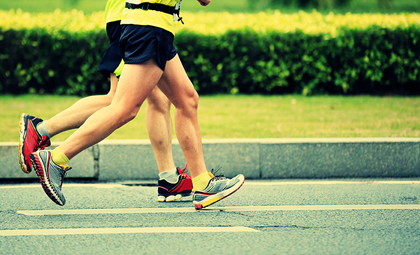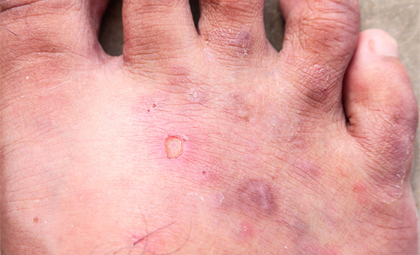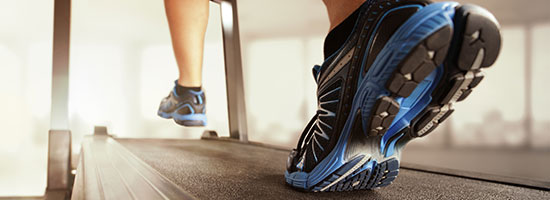

Athlete’s foot is caused by fungus that contributes to a skin infection. Although this type of skin infection can develop anywhere, it is referred to as athletes foot when it is located on the feet. Like the name suggests, athletes are more prone to this type of infection. The fungus grows easily in dark, moist, and warm environments—like athletic shoes. There is also a greater likelihood of encountering fungus in locker rooms, pools, and public showers.
What are the symptoms of Athlete’s Foot?
You might have athlete’s foot if you have itchy, dry, and scaly skin in between your toes and on the soles of your feet. If your infection is more severe, you may experience cracks, blisters, and inflammation. Athlete’s Foot is not limited to one foot, as it can spread to both feet. The infection can spread to your hand if you have a habit of scratching and picking at the infected parts of the feet. Another type of this infection takes the form of a reddish area that is dry and scaly. This type can affect not just one, but both feet.
How is it treated?
There is no single treatment for athlete’s foot, as there is no single cause for the condition. Early treatment is important because the fungus can spread to the toenails. Your doctor may recommend a foot cream, spray, or powder with anti-fungal properties if the condition is in a mild stage. Prescription-strength medication may be needed if the infection does not respond to the recommendations mentioned above.
It’s important to keep your feet clean and dry to prevent athlete’s foot. Try changing your socks regularly if you are physically active and find that you sweat often. Overall, athlete’s foot can be benefited by promoting a clean, dry, and friction-free envionrment for your feet.













